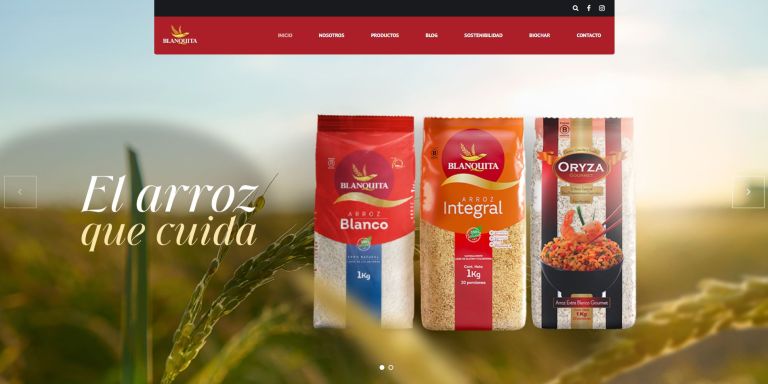• Full Stack Developer • Website Design
• E-commerce Websites • Social Media Marketing
• Google Ads-Analytics • SEO Strategies

• Website Design • E-commerce
• Social Media Ads
• SEO Strategies
• Google Ads-Analytics

Good question. It’s something I get asked all the time. It all comes down to focus and the conversions (leads, sales, or whatever action you want visitors to take) that result.
As the main page of a website, the purpose of a home page is to provide an introduction to a company’s values and its product/service. The layout and content are specifically designed to pique the interest of visitors and encourage them to explore the other pages of the site.
On the contrary, the main goal of a landing page is conversion. It is a stand-alone page (usually created on a company’s website domain) that is designed to trigger a specific user action. It eliminates distractions and keeps the user focused on one thing, whether it’s signing up for a newsletter, scheduling an appointment, or purchasing a product.
- Higher conversions.
- It works, while you don’t.
- A landing page supports your business goals.
- Generation of valuable data and insights through user tracking.
- Develop brand awareness.
- Did I mention the increase in conversions?
Responsive web design refers to creating websites that adapt and display optimally on various devices and screen sizes, including desktops, laptops, tablets, and smartphones.
This adaptability ensures an optimal user experience regardless of the device used, resulting in higher engagement, lower bounce rates, and better SEO rankings.
In today’s digital landscape, where users access the Internet through a multitude of devices, having a responsive website is essential for success.
We leverage a variety of cutting-edge technologies and frameworks, including HTML5, CSS3, JavaScript, and popular frameworks like Bootstrap or Tailwind CSS.
Our development process focuses on ensuring cross-browser compatibility, accessibility, and performance optimization.
Additionally, we integrate content management systems (CMS) such as WordPress or Shopify for efficient content management and e-commerce functionality, providing clients with versatile and scalable solutions tailored to their needs.
The development approach involves rigorous testing across multiple browsers and devices to identify and address compatibility issues.
We use industry-standard techniques, such as feature detection, progressive enhancement, and graceful downgrade, to ensure websites work consistently across multiple browsers, including Chrome, Firefox, Safari, Edge, and others.
By adhering to best practices and staying up to date with evolving web standards, we ensure a consistent and reliable experience for all users.
Page speed plays a critical role in user experience, SEO performance, and conversion rates.
Slow loading websites can lead to high bounce rates and lower user satisfaction.
In our web development projects, we prioritize optimizing page speed by employing techniques such as code minification, image optimization, lazy loading, browser caching, and utilizing content delivery networks (CDN).
By optimizing performance at every level, we ensure websites load quickly and efficiently across multiple devices, improving user engagement and driving business growth.











